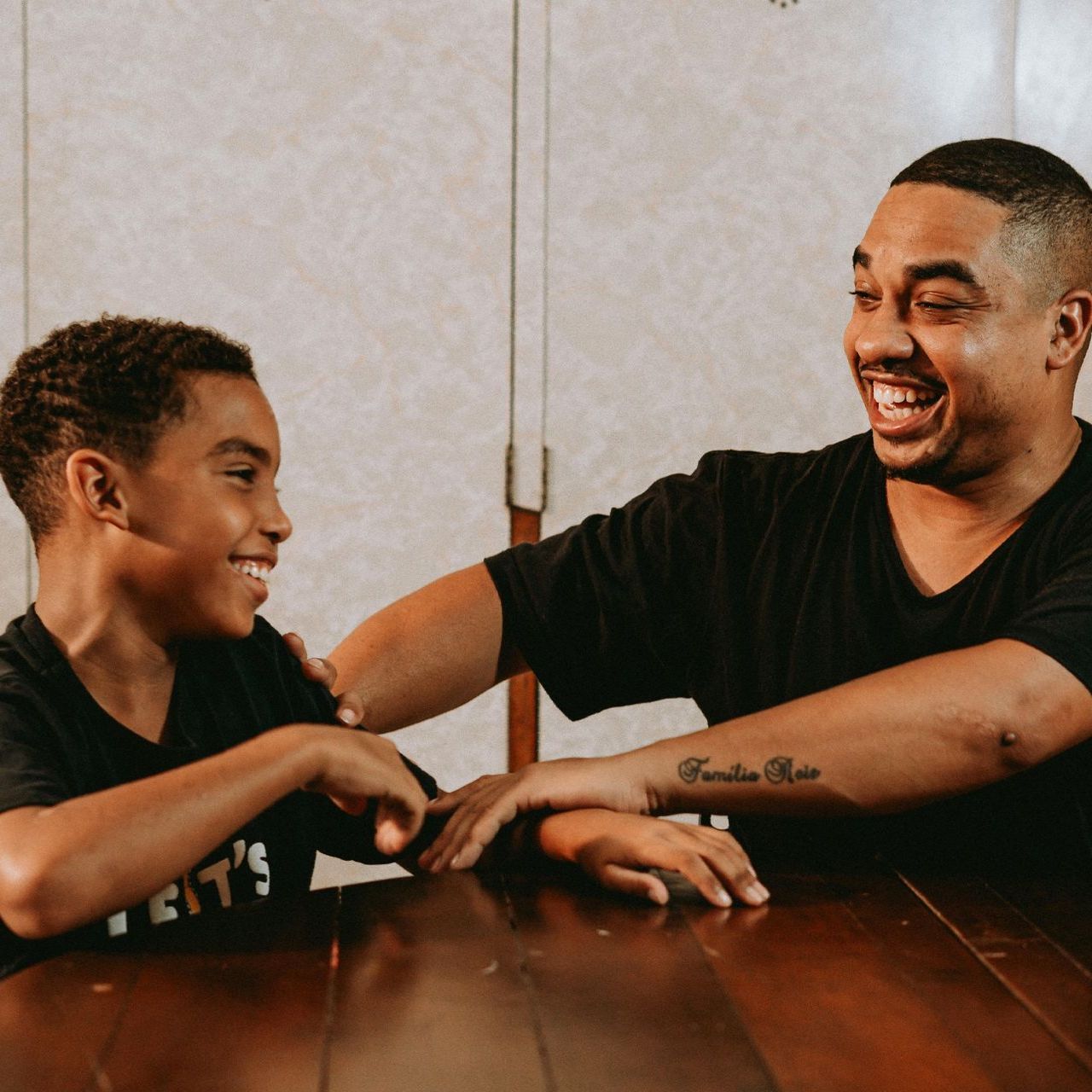Deciphering Baby Cries: What Are They Really Saying?

For new parents, the sound of their baby crying is one that quickly becomes all too familiar. But what are these tiny beings trying to communicate through their cries? Unlike older children and adults who can express their needs and feelings through words, babies rely on their cries as their primary means of communication. Learning to interpret these cries can be incredibly helpful in meeting your baby's needs more efficiently and can also offer a deep sense of connection between you and your child. Let’s explore what babies might be saying through their different cries.
1. The Hunger Cry
One of the first cries you're likely to recognize is the hunger cry. It usually starts as a rhythmic, repetitive cry, signaling that it’s feeding time. These cries can escalate quickly and become more intense if not attended to promptly. Often, the hunger cry is accompanied by other signs like lip-smacking, rooting (turning the head in search of the breast), or sucking on their hands.
2. The Tired Cry
A tired baby may have a whiny, nasally cry. It often starts slowly and escalates as the baby becomes more exhausted. Parents might notice yawns, eye rubbing, or a general disinterest in their surroundings when their baby is tired. Sometimes, this cry can be mistaken for hunger, but offering food won’t soothe the baby if sleep is what they really need.
3. The Discomfort Cry
When a baby is uncomfortable – perhaps due to a wet diaper, being too hot or too cold, or being in an uncomfortable position – their cry can be fussy and intermittent. It may start and stop, increasing in intensity if the discomfort continues. Parents might notice squirming or physical restlessness accompanying this type of cry.
4. The Pain Cry
A pain cry is typically a loud, abrupt cry that may start suddenly and intensely. It’s often a higher pitch than a baby’s usual crying and can be quite alarming for parents. If your baby’s cry sounds like they are in pain and it’s not immediately clear why it’s important to check for any signs of injury or illness and consult a pediatrician if the cause of distress is not apparent.
5. The Overstimulation Cry
Babies have a lower threshold for sensory overload than adults. Loud noises, bright lights, or being passed around among many people can be overwhelming. An overstimulated baby may have a fussy, whiny cry and try to turn their head or body away from the source of overstimulation. They might also clench their fists, furrow their brows, or shut their eyes tightly.
6. The 'I Need to Burp' Cry
Sometimes babies cry because they need help expelling gas after a feed. This cry can sound uncomfortable and is often accompanied by the baby pulling their legs up or being squirmy. Patting or rubbing your baby’s back gently can help them burp and relieve their discomfort.
7. The Colic Cry
Colic is characterized by intense, prolonged crying for at least three hours a day, three days a week, for three weeks or more. Babies with colic cry inconsolably, and the cry can be very intense and high-pitched. The cause of colic is not well understood, and it can be very challenging for parents to manage.
Responding to Your Baby’s Cries
While these descriptions may provide a general guide, it’s important to remember that every baby is unique. Some babies may have slightly different cues or sounds. Over time, parents usually become attuned to their baby’s specific cries and can discern what their baby needs more quickly.
When your baby cries, respond with a calm and soothing demeanor. Try to address the need you think they are expressing, whether it’s feeding them, putting them down for a nap, changing their diaper, or simply holding them. Sometimes, none of these actions may soothe your baby, and they may just need to cry for a short while.
Understanding the nuances of your baby’s cries is a learning process. It requires patience, a bit of detective work, and a lot of love. As you spend more time with your baby, you'll gradually get better at understanding what they're trying to communicate, strengthening the bond between you and creating a foundation of trust and comfort. Remember, it's okay not to have all the answers immediately – you and your baby are both learning how to communicate with each other in this new journey together.










